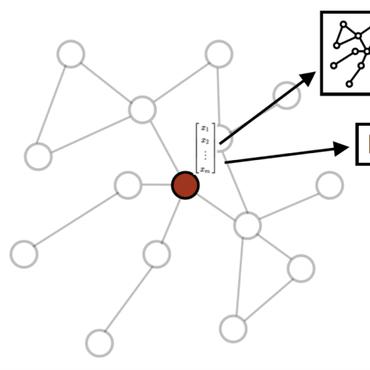Representation Learning of Graphs Using Graph Convolutional Multilayer Networks Based on Motifs
The graph structure is a commonly used data storage mode, and it turns out that the low-dimensional embedded representation of nodes in the graph is extremely useful in various typical tasks, such as node classification, link prediction , etc. However, most of the existing approaches start from the binary relationship (i.e., edges) in the graph and have not leveraged the higher order local structure (i.e., motifs) of the graph. Here, we propose mGCMN -- a novel framework which utilizes node feature information and the higher order local structure of the graph to effectively generate node embeddings for previously unseen data. Through research we have found that different types of networks have different key motifs. And the advantages of our method over the baseline methods have been demonstrated in a large number of experiments on citation network and social network datasets. At the same time, a positive correlation between increase of the classification accuracy and the clustering coefficient is revealed. It is believed that using high order structural information can truly manifest the potential of the network, which will greatly improve the learning efficiency of the graph neural network and promote a brand-new learning mode establishment.
PDF Abstract



